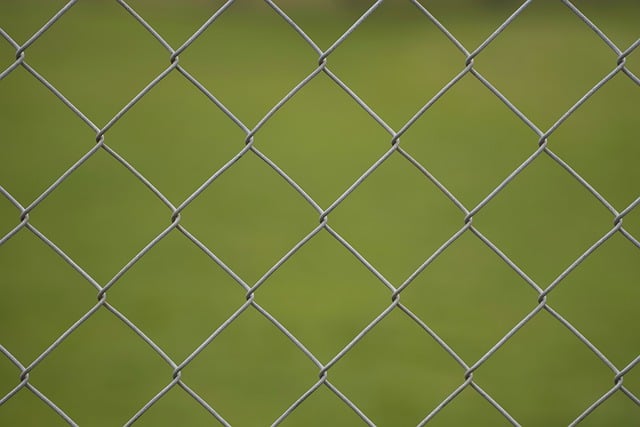In coastal regions, where harsh weather conditions and salt air pose unique challenges, selecting the right fencing material is paramount. This article explores the benefits of durable wooden fencing as a robust and aesthetically pleasing solution for coastal areas. We delve into understanding specific fence requirements, highlighting the advantages of certain wood species, and providing essential installation and maintenance guidance. By the end, you’ll be equipped with knowledge to make an informed decision for your coastal property.
- Understanding Coastal Fence Requirements
- Benefits of Durable Wooden Fencing
- Choosing the Right Wood Species for Coastlines
- Installation and Maintenance Tips
Understanding Coastal Fence Requirements
When considering fencing for coastal areas, understanding the unique challenges posed by the environment is paramount. Salty air, strong winds, and regular exposure to moisture can significantly impact the durability of materials used in construction. Therefore, a robust fence designed specifically for these conditions is essential. Not only should the fence be able to withstand harsh weather but also be low maintenance to ensure longevity.
Durable wooden fencing for coastal areas needs to be constructed from treated timber that has been optimized to resist rot and insect damage. The treatment process involves preserving the wood with chemicals or natural solutions, enhancing its resistance to salt water and other environmental stressors. Additionally, proper sealing and regular upkeep are crucial in maintaining the fence’s integrity, ensuring it can stand the test of time and remain a reliable barrier against intruders and unwanted elements.
Benefits of Durable Wooden Fencing
Durable wooden fencing offers an array of advantages for coastal areas, where traditional materials might struggle to withstand harsh weather conditions and salty environments. Firstly, wood is a naturally attractive and aesthetically pleasing option, adding curb appeal to any property. It can be treated and finished to complement various architectural styles, from rustic to modern.
Moreover, durable wooden fencing provides excellent privacy and security for coastal homes. The dense nature of the material offers a physical barrier against strong winds, flying debris, and even potential intruders. Unlike some synthetic alternatives, wood fences age gracefully, developing a unique, natural patina that enhances their charm over time. This longevity makes them a cost-effective choice, as they require less frequent replacement or repair compared to other materials.
Choosing the Right Wood Species for Coastlines
When selecting wood for coastal fencing, understanding the local climate and environmental factors is paramount. Saltwater exposure, high humidity, and regular storms can take a toll on any material. Certain wood species are better suited to withstand these conditions due to their natural resistance to decay and insect infestation. Redwood and cedar are popular choices as they possess inherent oils that repel water and protect against moisture-related damage. These woods also have excellent rot resistance, ensuring the fence remains sturdy over time.
Additionally, looking into treated wood options can offer even more durability. Pressure-treated lumber is preserved with chemicals to enhance its resistance to elements, making it a cost-effective and long-lasting alternative for coastal fencing. This treatment not only increases the lifespan of the wood but also reduces maintenance requirements, ensuring your fence remains in top condition despite the challenging coastal environment.
Installation and Maintenance Tips
When installing durable wooden fencing in coastal areas, it’s crucial to ensure proper drainage to prevent water damage. This involves creating a sloped base for the fence and using treated, weather-resistant materials that can withstand salt spray and high humidity. Regular cleaning with a pressure washer and reapplication of sealant every few years are essential maintenance practices to keep the fence looking its best.
Fencing posts should be set deep enough into the ground to avoid shifting during storms or high tides. Using concrete for the base will provide added stability. Additionally, consider installing metal brackets at regular intervals to reinforce the fence structure. Regular inspections and quick repairs can help extend the life of your wooden fence, ensuring it remains a functional and aesthetically pleasing addition to your coastal property.
